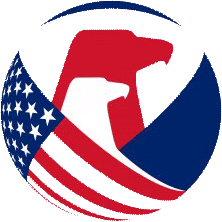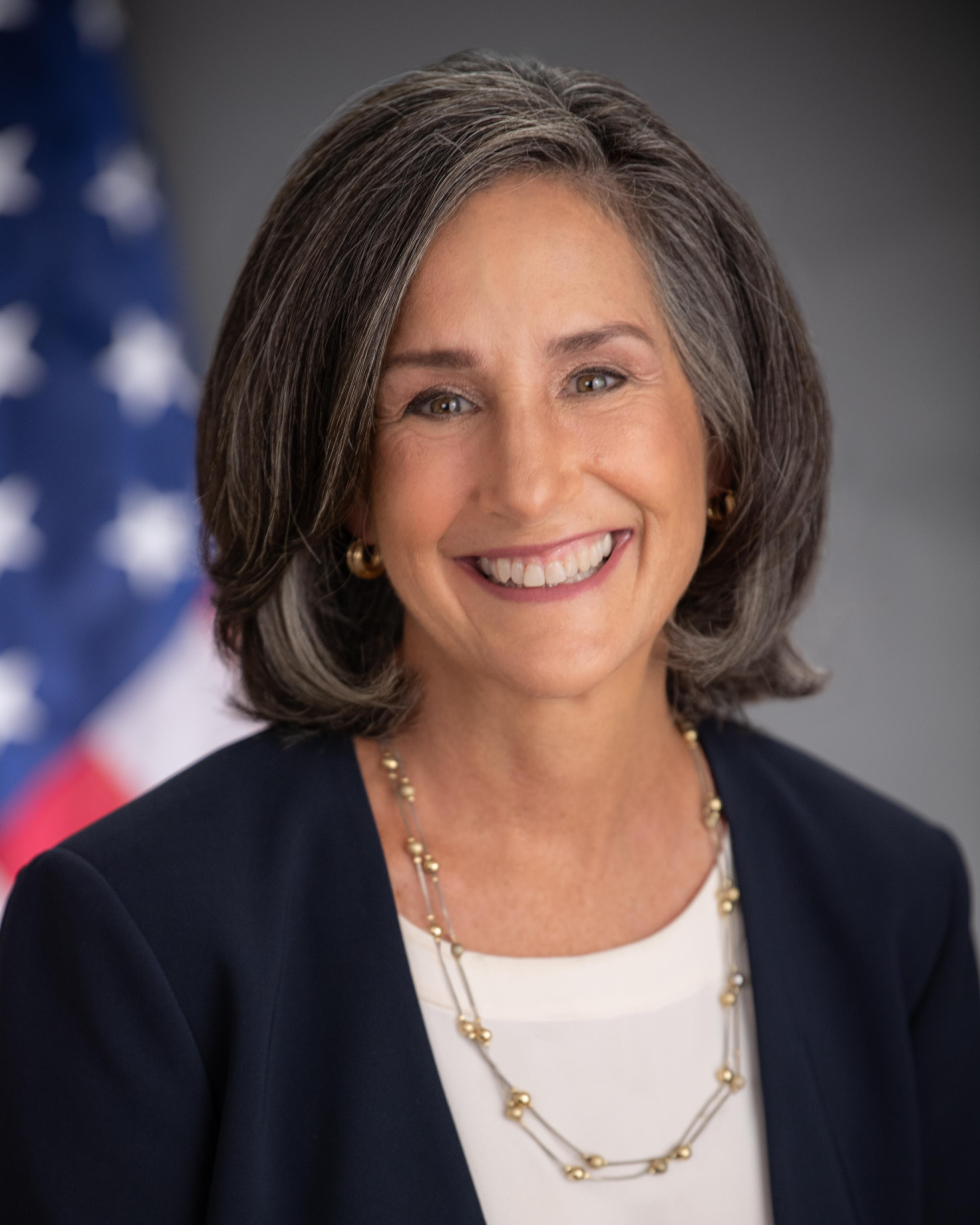Protecting Children at the Ports: A Success Story and Model for Future Action
The year was 2007, and it was dubbed by some as “the year of the recall.” That is because there were more than 100 recalls that year—involving millions of units—of children’s products and toys tainted with high levels of lead coming into the United States from overseas. In response, Congress passed bipartisan legislation—known as the CPSIA—that established a first-ever lead limit, mandating that children’s products contain lead content of no more than 100 parts per million (ppm). The legislation also reduced the limit for lead in paint and surface coatings to 90 ppm, well below the 600 ppm on the books. CPSC, in turn, adopted regulations implementing the statutory requirements.
Also directed by the CPSIA was the establishment of the CPSC import surveillance program, which implemented a risk assessment methodology to identify incoming products that likely violate a consumer product safety rule. Year over year since that time, lead violations are among the most common infractions stopped at the ports, showcasing the durable success of this strategy: safety regulation as the engine that powers enforcement by our vigilant CPSC staff.
In my experience at the Commission since 2010, this approach to stopping products with excessive lead has provided a model to protect infants and children from dangerous products across the board. Indeed, the CPSIA set the stage for this through section 104, which requires CPSC to adopt safety regulations for durable nursery products. For well over a decade now, in collaboration with industry and consumer groups, the Commission has taken seriously this direction from Congress to protect children by setting safety standards for products that families rely on every day: baby walkers, cribs, infant bathtubs, and booster seats to name a few. With each new regulation, we have added to the list of noncompliant products that can be detected and inspected by our staff at the ports, preventing sub-standard items from entering the country.
This has been a safety success story that has proven a highly effective way of protecting our children. For the effectiveness of the CPSC port surveillance program to endure, regulatory development needs to keep pace with innovations in the market so that the interdiction of products containing emerging hazards—not just products for which regulations have long been in place—is possible. In a world where the unknowns of AI-enabled consumer products raise fresh concerns about possible threats to our children, as policymakers we are responsible for thinking ahead. To avoid another “year of the recall,” the Commission should be prepared to use all our authorities—including regulations developed by independent agency experts—to address new and emerging hazards that threaten the safety of our children. Our success in stopping lead-tainted goods and unsafe nursery products—and most recently button and coin cell batteries—from entering the country has paved the way. An effective detection and interdiction program needs to be future-focused and not frozen in place.
The views in this statement are solely the views of Commissioner Mary T. Boyle and do not necessarily reflect the views of the Commission.

